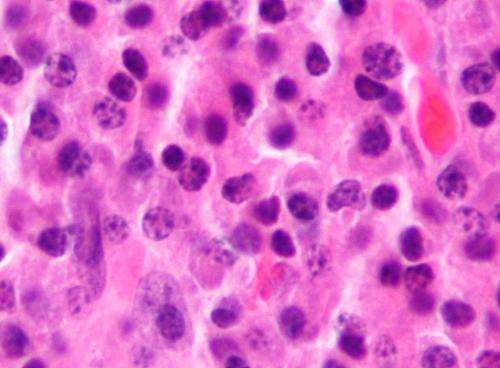Research Indicates Returning Students Did Not Spark COVID-19 Outbreaks in Small Towns

A recent study finds that students returning to college towns during the COVID-19 pandemic did not significantly contribute to local outbreaks, thanks to effective mitigation efforts and behavioral factors.
During the fall of 2020, as students headed back to college campuses across the United States, there was widespread concern that their return might lead to significant COVID-19 surges in local communities. Many university towns faced fears of overwhelming healthcare systems due to potential outbreaks stemming from students living both on and off campus.
A comprehensive study conducted in Pullman, Washington—home to Washington State University—offers a different perspective. Published in the journal Epidemiology, the research analyzed COVID-19 case data to determine whether students contributed to local transmission, finding that outbreaks among students and the surrounding community were largely independent. The study revealed that most cases originated from outside the area rather than from internal spread, suggesting that mitigation strategies such as testing, social distancing, and mask mandates proved effective.
Erin Clancey, a researcher involved in the study, emphasized the importance of understanding transmission patterns rather than assuming closures are the automatic response. She stated, "Our findings show that transmission between students and the community was minimal, and mitigation efforts successfully limited spread." The study used mathematical models to assess case data, revealing that student cases peaked early in the semester—likely due to students arriving already infected—and declined swiftly, with only brief spikes before holidays like Thanksgiving. Meanwhile, community cases rose later, indicating limited interaction between the two groups.
The research also highlighted behavioral factors; students tended to stay separated from the broader community, reducing the potential for cross-infection. Measures like social distancing, masking, and restrictions on large gatherings helped contain spread across populations. Clancey suggested that additional testing and targeted policies tailored to observed transmission patterns could allow educational activities to continue safely, instead of resorting to shutdowns.
This study underscores the importance of data-driven decision-making in managing public health crises, especially in educational settings. Understanding the dynamics of virus spread helps in designing smarter, less disruptive mitigation strategies that protect both students and local residents.
For more details, the full study is available in Epidemiology (2025): [DOI: 10.1097/EDE.0000000000001903].
Source: https://medicalxpress.com/news/2025-08-students-didnt-covid-outbreaks-town.html
Stay Updated with Mia's Feed
Get the latest health & wellness insights delivered straight to your inbox.
Related Articles
New Target Identified to Boost Immune Cell Cancer-Fighting Ability by Inhibiting Molecular 'Brake'
Scientists have identified PTGIR as a new immune checkpoint that, when targeted, could enhance T cell responses and improve cancer immunotherapy effectiveness. The research highlights potential new treatment avenues to re-energize exhausted immune cells in the tumor environment.
Impact of Maternal Protein Deficiency During Pregnancy on Offspring’s Reproductive Health
Maternal protein deficiency during pregnancy and breastfeeding can lead to lasting structural changes in the epididymis, impairing sperm quality and reproductive health in offspring. Recent research underscores the importance of maternal nutrition for future fertility.
Study Finds No Survival Benefit in Reducing Oxygen for Critically Ill Patients
New UK-ROX trial reveals that reducing supplemental oxygen in ICU patients is safe but offers no significant survival advantage, emphasizing the need for personalized oxygen therapy strategies.
Innovative Four-Drug Regimen Sets New Standard for Treating Multiple Myeloma
A groundbreaking clinical trial introduces a new four-drug combination that significantly improves outcomes for patients with newly diagnosed multiple myeloma, establishing a fresh standard of care.



